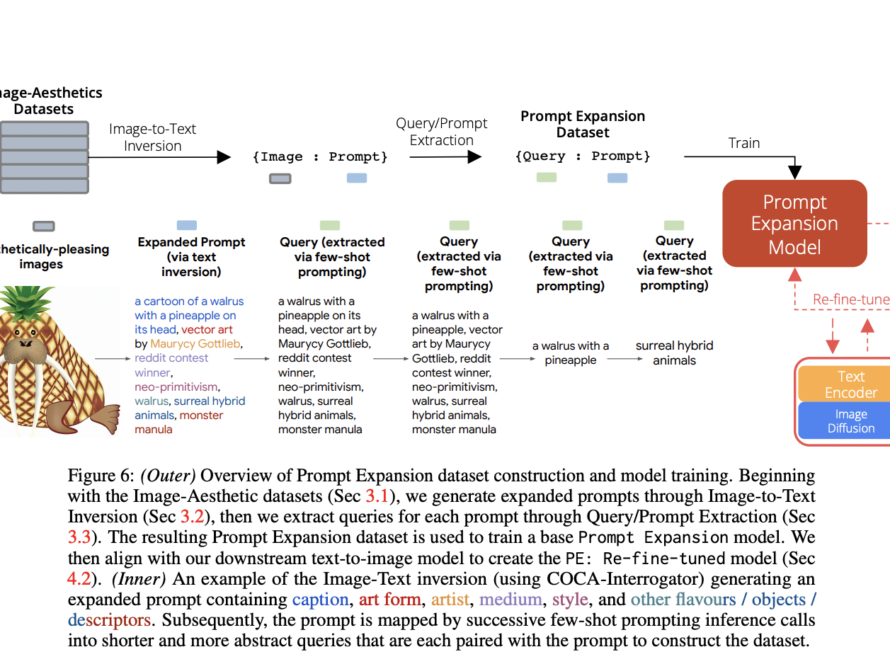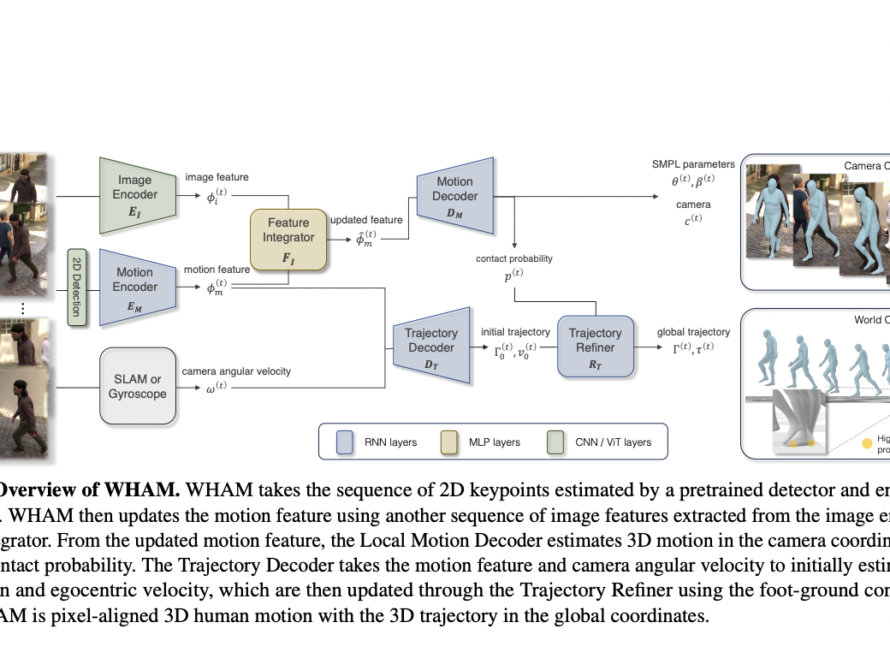[ad_1]
Large Language Models (LLMs) have successfully utilized the power of Artificial Intelligence (AI) sub-fields, including Natural Language Processing (NLP), Natural Language Generation (NLG), and Computer Vision. With LLMs, the creation of vision-language models that can reason complexly about images, respond to queries pertaining to images, and describe images in natural language has been made possible. However, whether LLMs can perform localization tasks like word grounding or referencing localization is still uncertain.
To overcome this challenge, a team of researchers from Google Research and UC San Diego has introduced an intelligent model called PixelLLM that can accomplish fine-grained localization and vision-language alignment. This approach has been inspired by the way people naturally behave, especially babies who describe their visual environment with gestures, pointing, and naming. The team has shared that the aim is to find how LLMs can derive spatial comprehension and reasoning from visual input.
PixelLLM densely aligns each word output of the language model to a pixel location. To do this, a tiny Multilayer Perceptron (MLP) has been added on top of the word features, allowing it to regress to each word’s pixel location. Low-rank finetuning (LoRA) has been used, which allows the language model’s weights to be updated or frozen. The model can also receive text or location prompts, allowing it to provide outputs tailored to the prompt.
The architecture of the model comprises an image encoder, a prompt encoder, and a prompt feature extractor. A large-language model is fed the prompt-conditioned picture characteristics and an optional text prompt with output in the form of per-word localization and captions. With the ability to take diverse combinations of language or location as input or output, the architecture is versatile and adaptive to a wide range of vision-language activities.
The team has evaluated the model using well-known vision tasks such as dense object captioning, location-conditioned captioning, and referencing localization. With remarkable performance metrics, including 89.8 P@0.5 on RefCOCO referencing localization, 19.9 CIDEr on Visual Genome conditioned captioning, and 17.0 mAP on dense object captioning, PixelLLM has demonstrated state-of-the-art results across various challenges. The dense per-pixel localization formulation is important, as demonstrated by ablation studies on RefCOCO, which yield a 3.7-point gain over other localization formulations. Thus, PixelLLM has proven to be successful in attaining precise vision-language alignment and localization.
The team has summarized their primary contributions as follows.
- A new vision-language model called PixelLLM, which produces word localization and can generate picture captions, has been introduced.
- The model supports text or optional location cues in addition to picture input.
- The localized narrative dataset has been used for per-word localization training,
- The model is capable of adjusting to a variety of vision-language tasks, including segmentation, location-conditioned captioning, referencing localization, and dense captioning.
- The model has shown superior outcomes in location-conditioned captioning, dense captioning, and referencing localization and segmentation.
Check out the Paper and Project. All credit for this research goes to the researchers of this project. Also, don’t forget to join our 34k+ ML SubReddit, 41k+ Facebook Community, Discord Channel, and Email Newsletter, where we share the latest AI research news, cool AI projects, and more.
If you like our work, you will love our newsletter..
Tanya Malhotra is a final year undergrad from the University of Petroleum & Energy Studies, Dehradun, pursuing BTech in Computer Science Engineering with a specialization in Artificial Intelligence and Machine Learning.
She is a Data Science enthusiast with good analytical and critical thinking, along with an ardent interest in acquiring new skills, leading groups, and managing work in an organized manner.
[ad_2]
Source link



